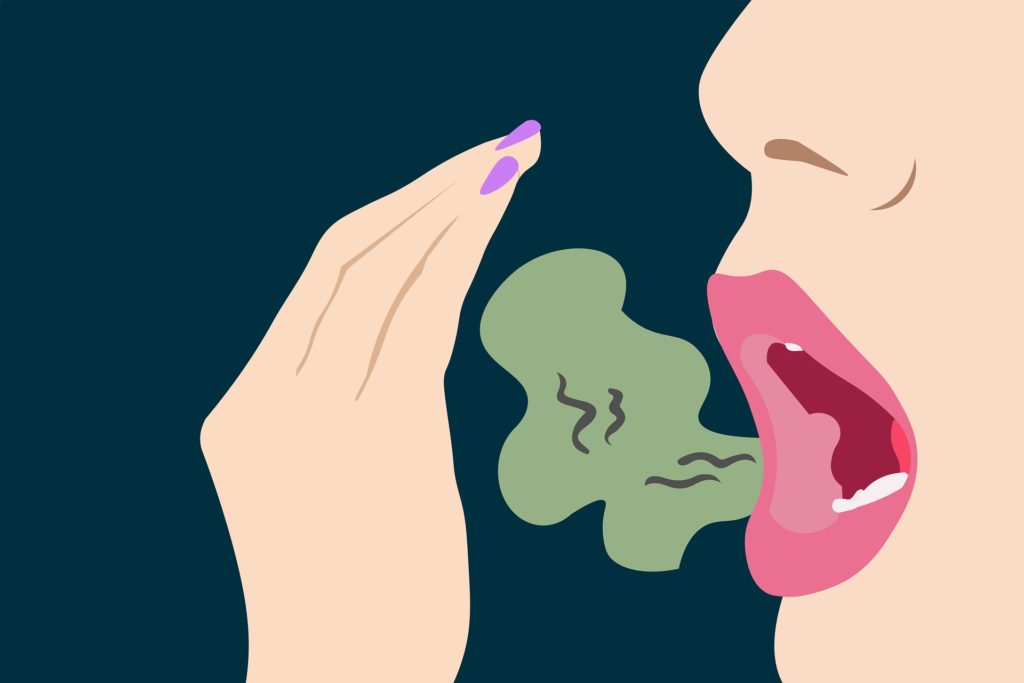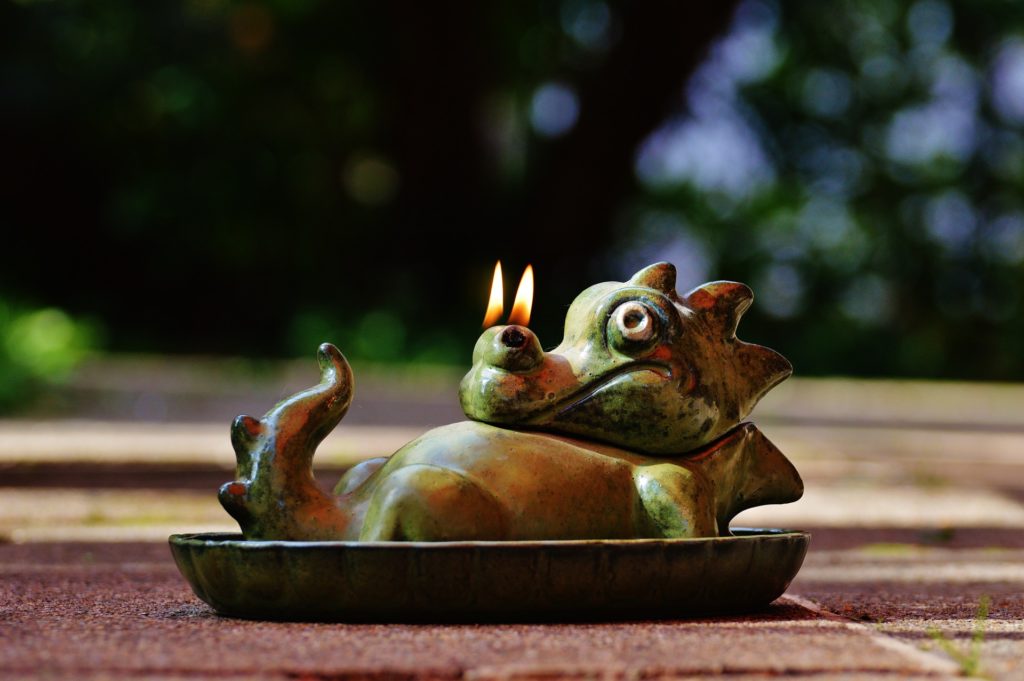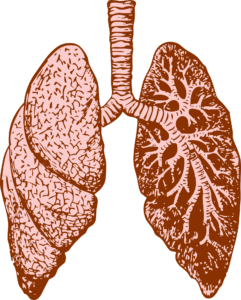Did you know that the breathing part of yoga is just as important as the movement part?
Pranayama, which translates generally to “control of breath,” is a part of any yoga practice, but it is also work that can (and arguably, should) be done on its own.

Learning to Breathe
Generally, people associate yogic breathing with slow, rhythmic inhales and exhales. However, pranayama is actually a lot more in-depth than that.
I mentioned in a previous post that yoga can help to train your breathing, which is helpful if you’re an athlete. It can also help to teach you about different ways to breathe, and these techniques can benefit your overall well-being.
There are breathing patterns that can slow your heart rate and calm your mind, but there are also ones that can invigorate you, sharpen your awareness, and improve lung capacity.

I’ll be honest. I don’t put a lot of time into pranayama, even though I probably should. Whenever yoga teachers have the class do specific breathing techniques, I do always notice a difference in how I feel…but I’m not great at being consistent in doing the exercises on my own.
That being said, after doing some reading and research into the different types of pranayama and the potential benefits, I’ll definitely be making a better effort to practice more!
A Few Basic Pranayama Techniques
Ujjayi – “Ocean Breath”
I have to admit, the phrase “ocean breath” makes me laugh.

It’s actually called “ocean breath” because the soft, rhythmic sound of the breath is likened to waves breaking over the beach, but I prefer to keep my own amusing headcanon for this one.
Ujjayi (say “oo-JEYE-uh”) is a calming breath that goes a step further than simply slow breathing. You can sit however is comfortable, or you can even lay on your back if you want.
- Inhale slowly and deeply through your nose.
- Exhale slowly through your open mouth, making a “ha” sound.
- Repeat 3-5 times.
You can also close your mouth after the first few times and exhale through your nose, but be sure to keep your throat open in the same “ha” shape.
This type of mindful breathing is said to help stimulate the vagus nerve, which is responsible for slowing your heart rate and lowering your blood pressure. This is excellent if you’re feeling particularly stressed, but be careful if you’re already prone to low blood pressure or have heart issues!
Kapalabhati – “Breath of Fire”
This one can feel a little silly, but it definitely works as advertised, at least in my experience. Breath of Fire is one of the pranayamas that actually increases your feelings of energy and alertness rather than calming you down.

Kapalabhati (say “cap-all-uh-BAH-tee”) is a rapid breathing technique that is intended to increase mental clarity and “wake you up.”
Before you start this one, I would recommend that you sit up on your knees however is comfortable. In my experience, it’s easier to perform the exhalation part this way. If sitting on your knees isn’t feasible, sit loosely cross-legged with a rolled blanket or block under your tailbone. This tilts your pelvis forward in a way that opens up your chest and abdomen more.
You could even make this work in a chair if you’re in an office. Just perch yourself at the edge of your chair with your feet flat on the floor, spine straight and hands lightly gripping the edge of the seat or pressed flat if you have enough room.
- Inhale slowly and deeply. Try to completely push out your diaphragm.
- Exhale slowly through your mouth, and try to empty your body of as much air as possible.
- Inhale again, slowly and deeply.
- This time, your exhalations are going to come in short, rapid bursts. Try pulling in your lower abs quickly and sharply with each “puff” of your exhalation. This forces the air out in controlled bursts. You can try making the “ha” sound at first to help you get a feel for how this works.
- Repeat steps 3 and 4 for a total of five slow inhales and rapid, active exhales.
This one might take some practice until you get used to creating the short, kind of aggressive exhalation sequence. Try it next time you need some energy and focus!
Kumbhaka – Breath Retention
Kumbhaka (say “koom-BAH-kah”) involves deep inhalation, holding that inhalation for 10 seconds, and then inhaling a little more. When you hold your breath, it allows your lungs to expand more completely, and this is what lets you inhale more.

More breath means more oxygen being infused into your blood, and, over time, this translates to an overall healthier body and mind. This is a very simplified explanation, but it’s nearly impossible to overstate the benefits of oxygenating your blood.
Disclaimer: If you have anxiety, especially if it’s moderate or severe, please be mindful if you decide to try this technique!
Holding your breath for more than a second or two can sometimes trigger panicky or anxious feelings in people who deal with anxiety, and that would negate any benefits you might receive. I’m not saying you shouldn’t try this, but I am saying to be gentle with yourself and don’t push your body into something that won’t feel good.
This breath can be done in any sitting position you find comfortable, or you can do it in any prone position as long as you’re laying on your back.
- Relax your body as completely as possible. Take a few deep, slow breaths, inhaling and exhaling in a normal pattern to release tension.
- Inhale as slowly and deeply as possible, inflating your lungs as much as you can.
- Hold your breath gently and count to 10.
- Without releasing the initial breath, try to inhale through your nose a bit more to expand your lungs just a little further.
- Gently hold this breath as long as you can. As soon as you start to feel uncomfortable, slowly exhale through your mouth.
- Take a few controlled, normal breaths before repeating the sequence.
You may need to build this one up slowly, and that’s okay. Over time, you’ll be able to expand your lungs further and hold your breath longer.
Breathe With Me
Writing up this post made me realize that my life could definitely benefit from some dedicated breathwork.

There aren’t a ton of reliable studies regarding the health benefits of pranayama, but there are some, and I enjoyed reading about everything pranayama can do!
I’ll link a few, but be warned that they’re all pretty long and detailed:
- This study is a massive overview of different types of yoga and yogic breathing and how they can positively effect the body. Where breath is concerned, it mentions that as few as 6 weeks of pranayama drastically improved respiratory efficiency and cardiovascular performance.
- In this study, the researchers have compiled what they call a “narrative review” of the benefits of pranayama separate from asanas, or movement. They outline how it can change processes like cognition, biochemical responses and metabolic activity in addition to other physical and psychological changes.
- This review focuses mainly on the autonomic nervous system and the heart. It’s an interesting study, and I appreciate that the researchers admit that they don’t fully understand why these pranayama techniques produce these effects.
In short, there’s a number of reasons that ancient yogis put such a serious emphasis on how and when to breathe. Science is still exploring the exact mechanisms behind why pranayama works, but for now, just understanding that it does indeed work is good enough for me!
If you need me, I’ll be on my mat breathing my way to my best life.